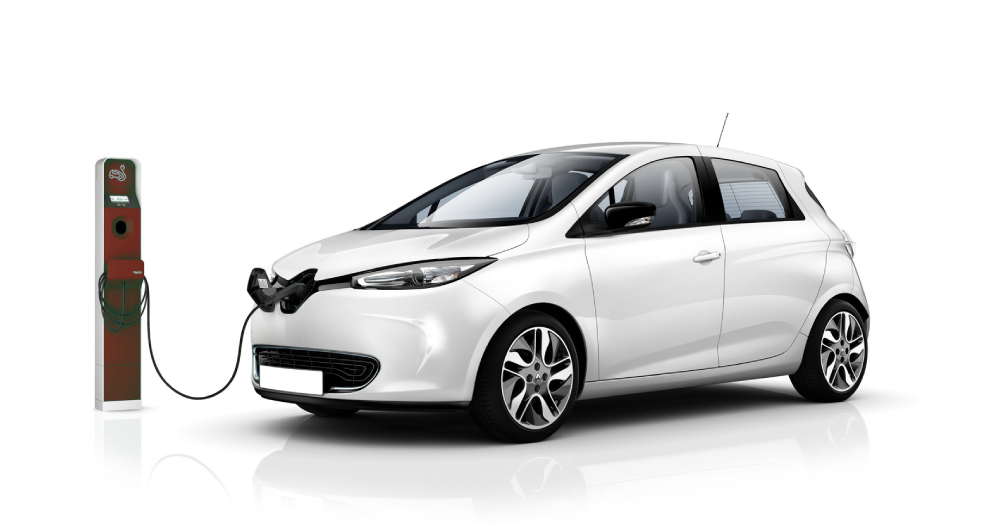Electric vehicles currently only make up 3% of worldwide car sales – but the shift to mainstream electric vehicle adoption seems right around the corner.
The uncertainty of the EV growth trajectory makes managing an automotive supply chain challenging. But by keeping an eye on three different factors — the technological landscape, electric vehicle regulations, and consumer preferences — EV suppliers can stay agile, anticipate risks, and capitalize on the industry’s growth.
The technological landscape
Today, up to half of an electric vehicle’s value can be found in a single component — the lithium-ion battery pack. And these batteries are typically made by companies that aren’t in the traditional automotive supply chain. This could pose a risk to legacy suppliers – and the OEMs who rely on them.
So OEMs need to start future-proofing their supply chain today by being proactive and strategic with supply relationships. OEMs should have regular planning meetings and open-ended discussions about the market with their suppliers.
Regulations on electric vehicles
As tech advances, regulations often follow. While regulation can ensure safety and fair practices, it also adds complexity to EV development and manufacturing.
EV suppliers’ facilities will have to adapt to new laws and regulations. Because the regulatory process can be long and meandering, it can be hard to know how far ahead of regulation a company should be. What is certain is that suppliers need to be aware of what is happening and agile enough to adapt when the path becomes clear.
Consumer preferences
In the end, it’s the consumer who drives demand. Their preferences will ultimately dictate which features of electric vehicles stick around, and which ones will fade away. Auto suppliers need to keep a finger on the pulse of consumer preferences, especially as the demographics and consumer behaviors shift as EVs become more widely available.
The eventual shift to mainstream EV use is coming, but the timing is uncertain. By staying connected to suppliers, regulations, and consumers, electric vehicle suppliers can keep pace with the EV growth curve.




